Yega Chuefei Fruit Ding Coffee Bean Flavor Story characteristics Water-washed Yega Chevy Coffee Baking Curve sharing

Professional coffee knowledge exchange more coffee bean information please follow the coffee workshop (Wechat official account cafe_style)
Today, the editor came to share the baking curve of washing Yega Xuefei fruit dingding. in order to show the personality of this bean, the Qianjie baker baked three different curves for comparison. The Godding Cooperative, located in the Waka producing area at the southeast end of Yega Sheffield, was originally part of the Waka Cooperative under the YCFCU of the Yega Sheffield Alliance.
But later, with the pursuit of traceability of raw coffee beans, independent "single producing areas" were excavated by coffee hunters all over the world, so in 2012, Guoding Ding, which has about 300 farmers, was independently established.
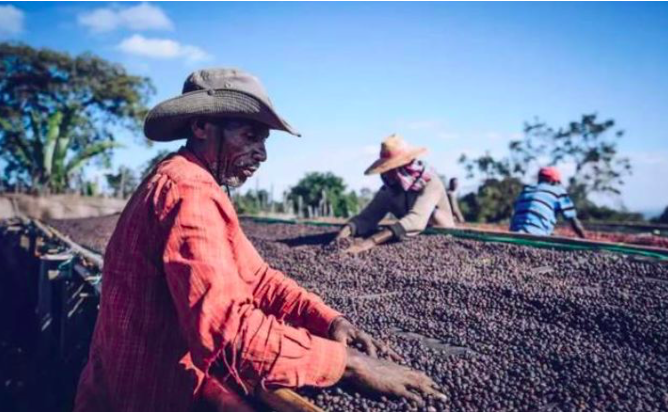
Guodingding Village was the first independent village area, and many small farmers were also members of the Waka Cooperative, so the technology of producing coffee was not to mention.
The Guodingding Cooperative is known as the last piece of pure land of Yejia Xuefei, so the raw bean treatment is also a very traditional treatment (water washing and sun treatment).
Ethiopia Yirgacheffe Banko Gotiti Yega Xuefei Fruit Tintin country: Ethiopia producing area: Yega Xuefei Gedeo Zone producing area altitude: 1900-2300m Variety: original species (Heirloom) treatment method: washing grade: G1
Roaster Yangjia 800N (baking capacity 300g)
Curve-cup test result
Curve one
Enter the bean temperature: 180 ℃, turn yellow point: 5 times 39 percent 00 ", 151.9 ℃, one burst point: 8 percent 39 percent 30", 184.1 ℃, develop 2 percent 39 percent 08 "after one explosion, 194 ℃ out.
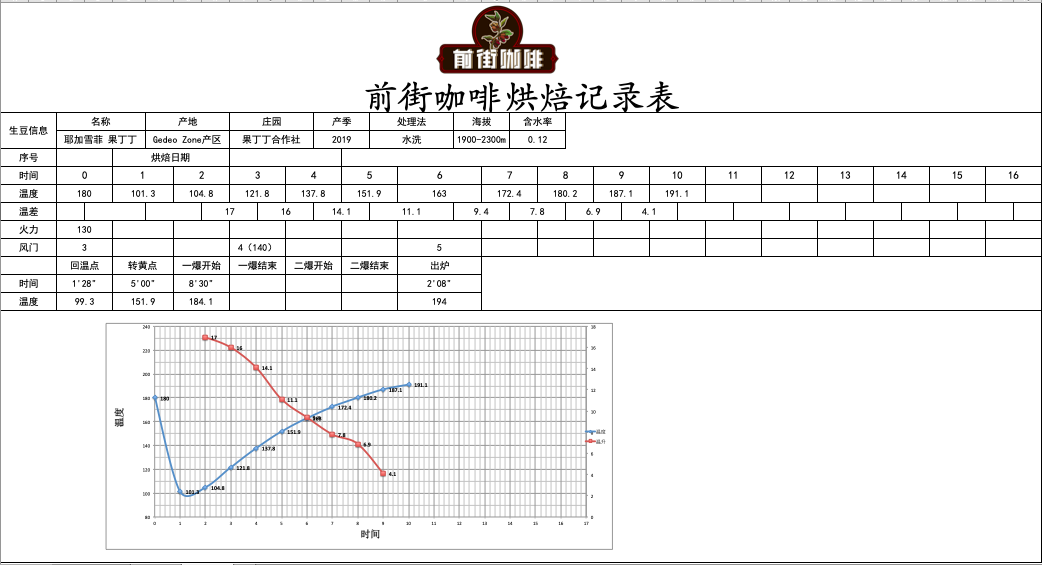
Yega Xuefei Dingding flavor: smoke, citrus, sipping with the change of temperature with flowers, caramel, honey, finish with creamy aroma.
Curve two
Enter the bean temperature: 180 ℃, turn yellow point: 5 times 39 percent 00 ", 149.9 ℃, one burst point: 8 percent 39 percent 42", 183.8 ℃, develop 1 percent 39 percent 48 "after one explosion, 193.5 ℃ out.
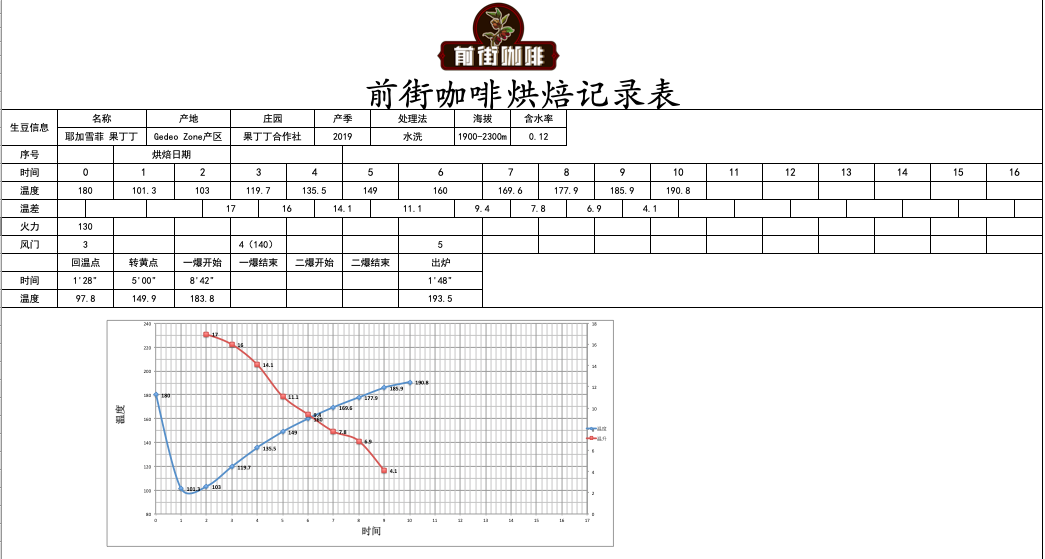
Flavor: citrus, cream, with the change of temperature sipping berries, black tea, caramel sweet, the aftertaste of citrus.
Curve three
Enter the bean temperature: 180 ℃, turn yellow point: 5 times 39 ℃ 10 ", 151.1 ℃, one burst point: 8 percent 39 percent 46", 184.5 ℃, develop 1 percent 39 percent 28 "after one explosion, 192.3 ℃ out.
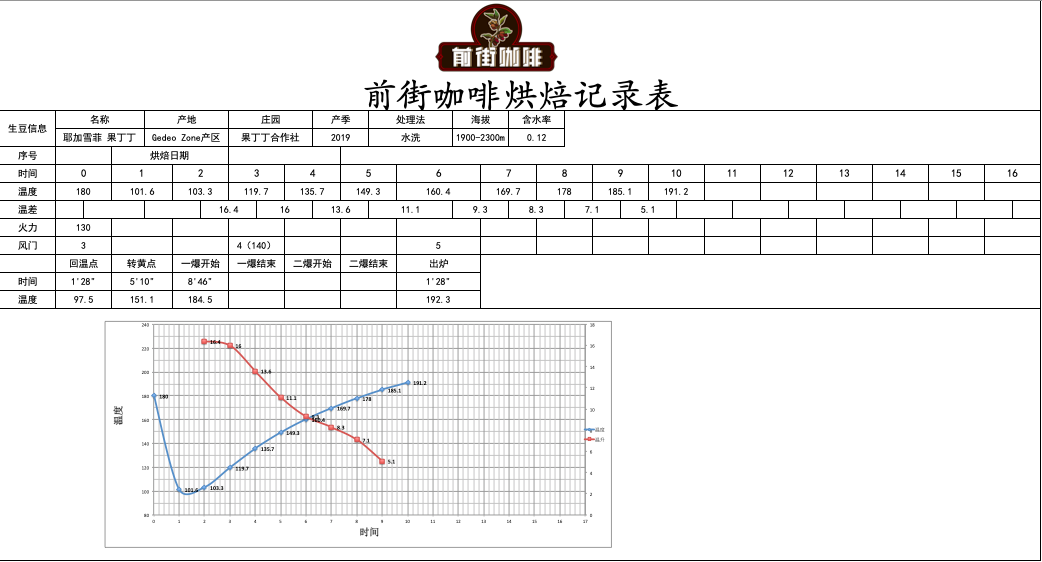
Flavor: Wood, citrus, with the change of temperature sipping caramel, cream, tail with a sense of astringency.
* hand flushing (the parameters of cooking techniques should be kept consistent as far as possible)
Filter cup: Hario V60, water temperature: 90 ℃, ratio of powder to water: 1: 15; degree of grinding: medium and fine grinding (BG-6S: Chinese standard No. 20 sieve pass rate 58%) flushing and cooking method: segmented extraction. Steam with 30 grams of water for 40 seconds (because the beans are relatively fresh, the gas is exuberant, and the steaming time is slightly prolonged) small water flows are injected around the circle to 124 grams for stages, and when the water level is about to expose the powder bed, continue to inject water to 228 grams to stop water injection, and remove the filter cup when the water level is about to expose the powder bed. (the time of steaming starts) the extraction time is 2grams 39t00 ".
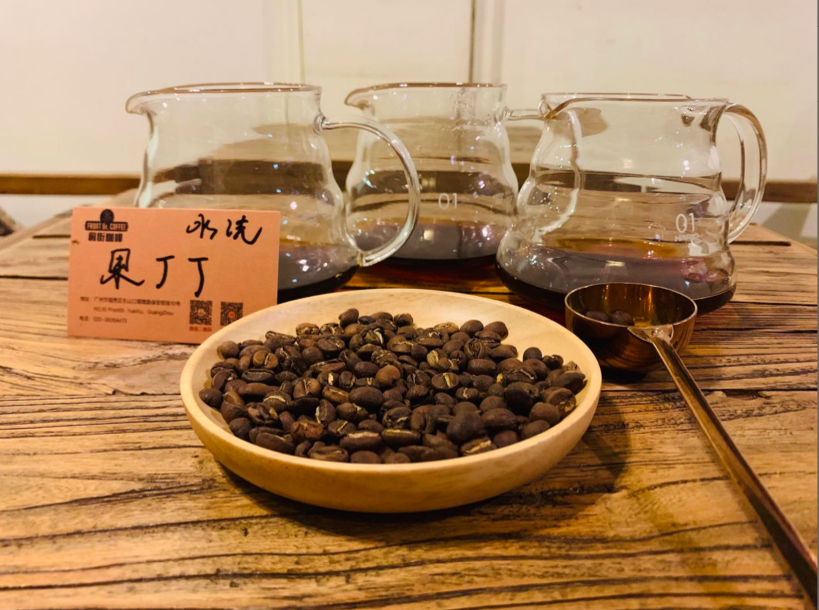
Curve one: there is smoke and caramel in the entrance, and the aroma of citrus, berries and nuts is obvious with the change of temperature. Curve 2: there are citrus and black tea in the entrance, cream, caramel and almond are obvious and taste clean and sweet with the change of temperature. Curve 3: the flavor of imported citrus acid and black tea is obvious, with the change of temperature, there are almonds, green grapes, Yu Yun's astringency is more prominent.
Summary
Through cup test and cooking, compared with these three curves, the sweetness of citrus and caramel in [Curve 1] is quite good, although it has flavor performance, it tastes obviously smoky, and the taste is slightly worse. After an explosion, it develops to 2cm 39808, and 194 ℃ comes out of the oven, which proves that this bean is not suitable for deeper baking. [curve 2] the citrus, cream, acidity and sweetness are all very good. From sipping to cup testing, the taste is clean, the bright acidity is clear, and the taste is obvious. After an explosion, it develops to 1mm, 391048, and 193.5 ℃, which proves that this bean is still suitable for the shallow way. [curve 3] has obvious woody taste and obvious astringent feeling. After an explosion, it develops to 1mm 39% 28 ", and 192.3 ℃ comes out, which proves that this bean can not be roasted too shallowly, and it is easy to make the beans appear obvious green feeling.
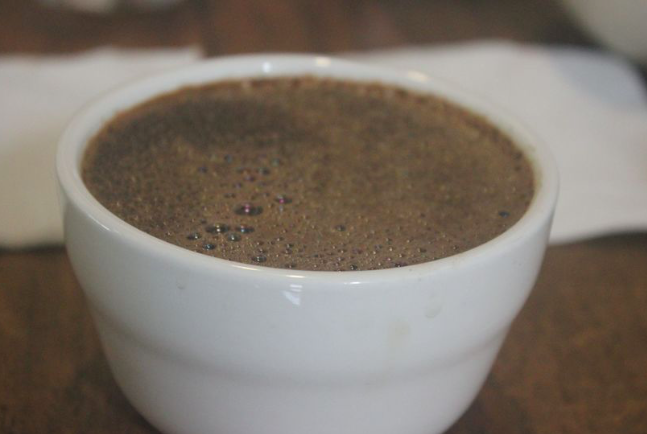
Because there is a sense of smoke in the taste of the curve one, and the green and astringent taste on the three tastes of the curve is too prominent, our baker slightly prolongs the development time of the beans in the second curve so as to develop more flavors, which makes the citrus harmony and sweet and sour feeling of this bean more obvious.
Important Notice :
前街咖啡 FrontStreet Coffee has moved to new addredd:
FrontStreet Coffee Address: 315,Donghua East Road,GuangZhou
Tel:020 38364473
- Prev
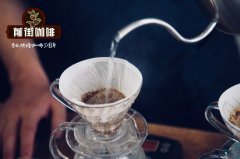
The characteristics of Sumatran Coffee the story of Sumatran coffee beans introduction to Sumatran Coffee producing areas
Professional coffee knowledge exchange more coffee bean information please follow the coffee workshop (Wechat official account cafe_style) Sumatran specialty coffee Indonesia was named the portrait country of the year by SCA, attracting a lot of people's attention to this unique coffee country, of course. The combination of rich tropical microclimate and semi-washing treatment makes Indonesia, especially
- Next
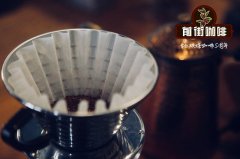
The specific characteristics of Brazilian coffee beans the history of which brand of Brazilian coffee is better?
Professional coffee knowledge exchange more information about coffee beans Please follow the coffee workshop (Wechat official account cafe_style) the largest producer Brazil is the largest coffee producer in the world. It accounts for about 1/3 of international output, and about 55 million bags are dominated by natural and ground natural coffee every year. As the largest producer, fluctuations in production affect global pricing. For example, Brazil is more
Related
- Beginners will see the "Coffee pull flower" guide!
- What is the difference between ice blog purified milk and ordinary milk coffee?
- Why is the Philippines the largest producer of crops in Liberia?
- For coffee extraction, should the fine powder be retained?
- How does extracted espresso fill pressed powder? How much strength does it take to press the powder?
- How to make jasmine cold extract coffee? Is the jasmine + latte good?
- Will this little toy really make the coffee taste better? How does Lily Drip affect coffee extraction?
- Will the action of slapping the filter cup also affect coffee extraction?
- What's the difference between powder-to-water ratio and powder-to-liquid ratio?
- What is the Ethiopian local species? What does it have to do with Heirloom native species?

